MEAUX – A REWARDING DAY TRIP FROM PARIS
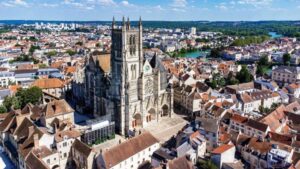
Just 54 kms N.E. of the centre of Paris lies the ancient town of Meaux. The journey from Paris Gare de l’Est (Line P) is around 25-40 mins, depending on what train you take. You can use your Navigo Pass to get there by train as it’s within Zone 5, making it the perfect destination for a delightful day’s excursion. These days, Meaux (pronounced ‘mo’) is mostly famous for its beautiful Brie cheese and mustard—although not necessarily together!
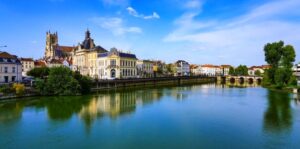
Situated on a loop of the river Marne, the lovely town of Meaux has been known since Gaulish times. It was eventually taken over by the invading Romans, when it became known as Latinum, and later Meldi, the name of a Gaulish tribe. Historic buildings and monuments in Meaux are mainly located in the old city, inside the old Gallo-Roman defensive walls, which are still largely intact.
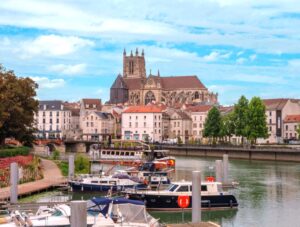
A stream of the Marne divides the old city into the North Quarter, or Cathedral/Episcopal Quarter on the right bank, and the South Quarter or Market Quarter on the left bank. In the North Quarter there’s the 12th century Cathedral of Saint Etienne, which can be seen from kilometres away, the episcopal palace and its gardens, the old chapter house, part of the defensive walls, some keeps and towers and the archaeological remains of the sanctuary of La Bauve, dating from the Gaulish period of 4th, 3rd and 1st centuries BCE, the era of the early Roman Empire and the early Christian Era and the subsequent centuries, along with the remains of the Abbaye Saint-Faron, which was demolished during the Revolution.
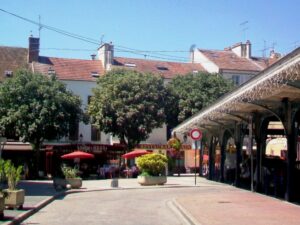
The South Quarter of the old city mainly includes the historic covered market and the Canal Cornillon, built during the Middle Ages in 1235. In 1806 during the Napoleonic era, the Canal de l’Ourcq, was built for inland navigation when the river Marne isn’t navigable because of temporary sandbanks.
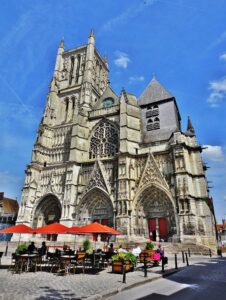
On the right bank of the Marne, the streets and alleyways of the old town form a dense urban fabric dating from the Middle Ages. The precinct is mostly centred around the cathedral of Saint-Étienne, with its impressive Flamboyant Gothic façade, and its many windows that flood the interior with light.
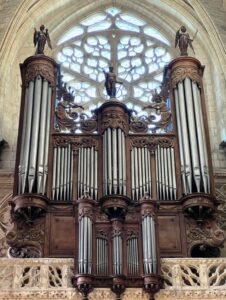
Statuary and carvings throughout the church were mutilated by some of the Huguenots in 1562, and from that date no further work was done on the building. One tower remains somewhat stunted. A tall spire over the transept fell into ruin and was removed in 1610. The cathedral has a very famous organ, built in the 17th century.
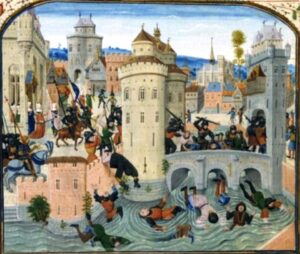
Meaux was the first diocese in Fance to shelter Protestant reformers during the Wars of Religion in the late 16th century, and was much fought over. It was the scene of some of the massacres of Huguenots (French Protestants) on St Bartholomew’s Day in 1572.
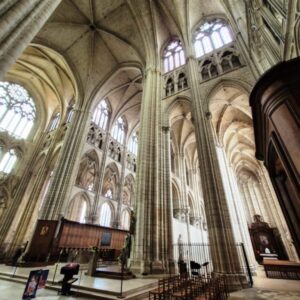
Sadly, the archives of the diocese were destroyed in 1793-94, thus deleting much knowledge about the early history of the church. The cathedral has recently benefited from a substantial cleaning and renovation program.
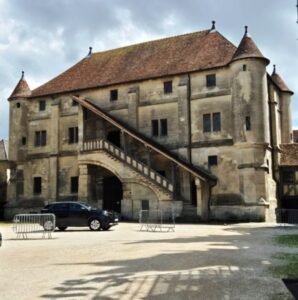
Next to the cathedral is the Vieux Chapitre (old chapter house) dating from the 13th century, and opposite is the episcopal palace, which now holds the Bossuet Museum dedicated to French art of the 16 to 20th centuries. The museum takes its name from a famous orator and theologian, Jacques-Benigne Bossuet, Bishop of Meaux from 1681 to 1704. There is a statue of Bossuet in the cathedral.
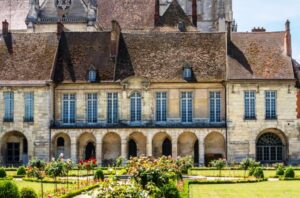
The episcopal palace was built in the 12th century, around 1160, then rebuilt in the 17th century, so architecturally the palace is mostly a mix of medieval and Renaissance styles. The most interesting example of 18th century work is the south façade of the palace, built of brick and stone, with large cross windows. The lower rooms of the palace are the oldest, dating from the 12th century. The museum has an impressive collection of artworks, ranging from 16th to 19th century represented by landscapes from the Barbizon school and a fine collection of paintings of the Orientalists. There are also sculptures by anonymous medieval artists, as well as recognised works from 19th century sculptors.
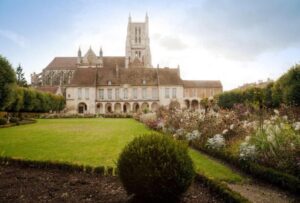
The lovely Bossuet garden is beside the episcopal palace. It is very much a formal, French garden, created in the 17th century during the episcopate of Dominique Seguier, and laid out in the shape of a mitre. It was opened to the public as a city park in 1911.
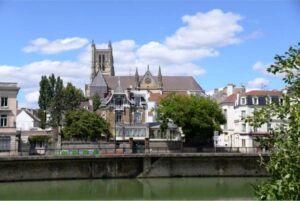
One of the best views of the cathedral and episcopal palace area is from the other side of the river Marne, from where the historic buildings are reflected in the river.
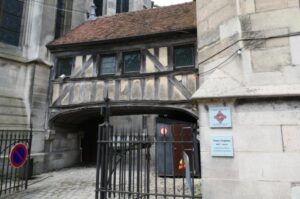
The Meaux Tourist Office is also near the front of the cathedral on Place Charles de Gaulle, if you would like further info. about the town’s monuments.
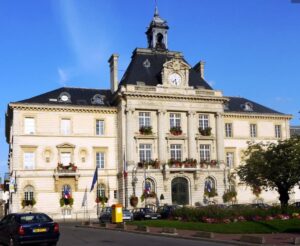
A few streets away, overlooking the river Marne, is the Hotel de Ville on Place Hotel de Ville, built on the site of a former château of the Counts of Champagne and Brie. Built in the neoclassical style, it was completed in 1833. It has been modified and expanded a number of times over the centuries, to accommodate the needs of the growing town and area.
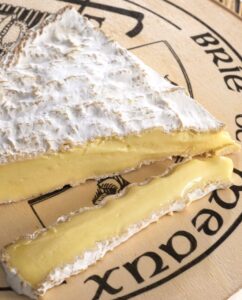
These days, Meaux is mostly known for its outstanding Brie de Meaux cheese. Not unsurprisingly, there is a museum in the town, where you can learn about the history and production of this famous cheese. The museum also offers reconstructions and performances telling the history of Brie. Historically, you will find out that King Henri IV used to eat it spread on toast, and that Charles d’Orléans used to give it as a New Year gift to the ladies of his court, and was even crowned “King of Cheese” at the Congress of Vienna in 1815 during a dinner organised by Talleyrand.
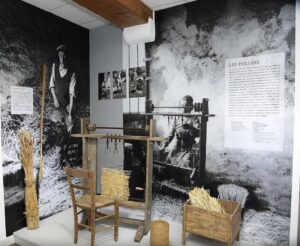
You will learn about the different stages of the production process, from the milk harvest to maturing in the cellar, and that Brie de Meaux has its own Confrerie, or “brotherhood” who looks after such things as quality control. The museum offers workshops, tastings and exhibitions all year round. The House of Brie Museum is located at 5 Place Charles de Gaulle, adjacent to the cathedral. You won’t be surprised to know that virtually every café and eatery in town has the local Brie de Meaux on the menu!
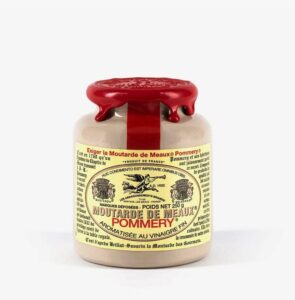
Another gourmet delicacy that Meaux is famous for is the Moutarde de Meaux Pommery. A traditional whole grain mustard known for its distinctive stoneware jar and slightly nutty, mild flavour. Made by the Pommery family using a secret recipe passed down since the 18th century, this particular mustard was awarded the Best Mustard in the World in 2019. Today, there are different versions of Meaux mustard, such as those with green pepper, figs, honey, Espelette pepper or cognac. Mustard first appeared in Meaux in the 18th century, when a dignitary of the local chapter of Meaux passed on the secret recipe to a local operator, J. B. Pommery. It’s certainly true that Dijon isn’t the only town in France to make mustard!
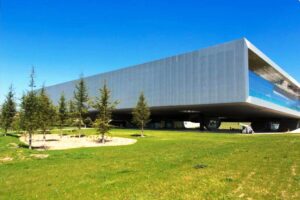
Aside from Brie and Moutarde, the other major attraction in Meaux is the Musée de la Grande Guerre (Museum of the Great War), which is located on the N.E. edge of town. We took a local taxi there, as although there are local buses that pass by it, we didn’t want to waste time hanging about for one to come along.
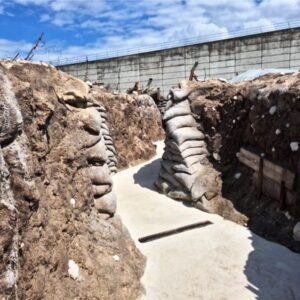
The museum does an excellent job of explaining the nuances of the war, life of the soldiers, the weapons and vehicles, the uniforms, trench warfare and other aspects of this terrible war. There were two ‘Battles of the Marne’ that took place close by here, in 1914 and again in 1918. The museum project was made possible by the acquisition by the Meaux region urban community in 2005 of the large private collection of Jean-Pierre Verney, a recognised specialist in WW1.
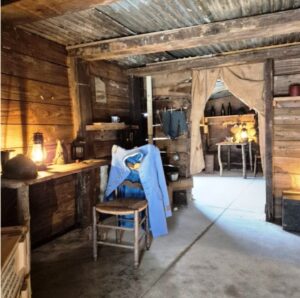
The first Battle of the Marne pitted 1.50 million soldiers against each other in the area around Meaux, and left many traces still visible today in the form of French military cemeteries of Etrepilly and Chambry, and the Great Tomb of Villeroy.
The large, modern structure that is the museum is located at the foot of the American Memorial of Meaux, a colossal 26m statue offered by the citizens of the United States in 1932, in memory of the soldiers who fell during the battles of the Marne.
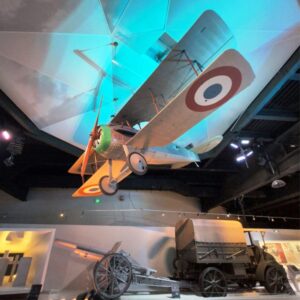
Fittingly, the museum’s inauguration was on 11 November 2011. Allow a few hours here, as it is a fascinating museum, beautifully set out with a rich and historically fascinating collection. Highly recommended.
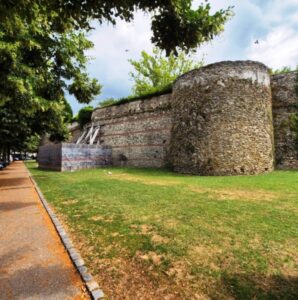
Meaux is a very rewarding destination for an easy day trip out of Paris. There are lots of events and attractions that take place throughout the year, such as the Saturday and Tuesday Markets and Farmers’ Market every Sunday morning; the Great Hunt for Easter Eggs in April; Museum Night at Meaux in May; The Fortnight Visual Arts Meaux in May and June; the Water Festival also in June; The Folles Époques (‘Crazy Times’) on selected dates in June, is a Son et Lumiere (Sound & Light Show) tells the story of Meaux through 2,000 years of history; European Heritage Days in September; The National Competition of Brie de Meaux in October; and Meaux and Wonderland – Animation’ in the city centre in December.
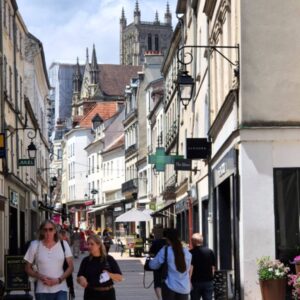


Thanks Cheryl ,
I’ll be in France in April – June next year .
Cheers, Lois
Hi Lois,
If you’ve got a day to spare, and you’ve visited the “usuals” such as Versailles, Fontainebleau etc., Meaux could fill the bill for you very nicely. Let me know if I can help, or if you’d like to pass anything by me. Cheers, Cheryl